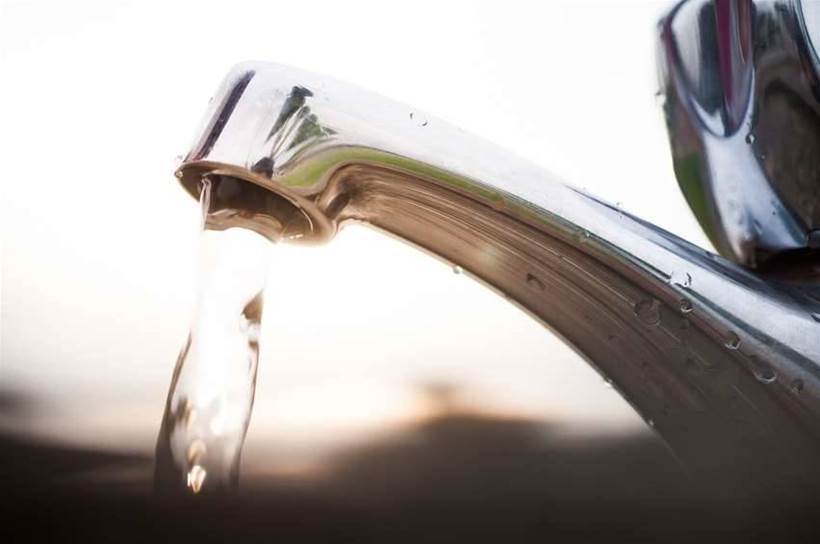Low-power, wide area networks (LPWANs) are quickly gaining momentum as a connectivity method for IoT deployments, and one Australian company is using end-to-end service and support to take the fight to the telcos and multinationals seeking entry into the market.
Taggle is a local LPWAN provider founded in 2007 by a group of people who were involved in the creation of the Wi-Fi protocol.
From its early beginnings tagging cattle for the farming industry, Taggle has since pivoted into the water utilities space, providing connectivity for water meters across the country, especially in regional and rural areas.
Taggle's MD John Quinn told IoT Hub that the most effective approach to LPWAN connectivity is that of end-to-end supply and support.
“We have a comprehensive solution, where we spend a lot of time and effort building our own devices that are particularly fit for purpose for the water sector,” he said.
“Our solution is a comprehensive managed network, so in a way we’re like the big telcos in that our customers can come to us and have a fully managed radio network.
“However, unlike Telstra or Optus, we supply right down to the device and our managed service extends to those devices.”
This, he said, also differentiates Taggle from other LPWAN providers such as Sigfox and LoRaWAN, where the end devices are sourced by the customers themselves, and those companies simply provide the connectivity.
Taggle has taken this end-to-end approach and provided its water management solution to Mackay Regional Council, Mareeba Shire Council and the Northern Territory Power & Water Corporation, among others.
The company has also deployed its systems in urban areas, working with Elster, a water meter manufacturer, to outfit a 38-storey apartment building in the CBD with an automatic meter reading system.
Taggle currently consults with the Australian Communications and Media Authority (ACMA) to help guide policy around the use of the ISM spectrum for LPWAN applications, and is also a member of the LoRa Alliance.
“Our membership to the LoRa Alliance adds value particularly where the lowest possible price isn’t necessarily a requirement, but there are functional additions that you might want to take advantage of,” he explained.
Everyone is jumping on the bandwagon
Quinn has observed that IoT is the buzzword that almost every company is jumping onto, but awareness of IoT’s commercial implications has not yet been fully realised.
“We’re all interested in things like smart cities, and data is the key to all of these things, but turning an idea into a commercial product is a little harder,” he noted.
“It’s interesting for us to see all of these things. We’re keen for the market to continue to grow, but turning IoT technologies into commercial business products that provide benefits for the consumer and enterprise will require a bit more time.”
Quinn said that even the telcos are jumping on board, investing in research into LTE-M and NB-IoT, but believes that commercial products even from there are still a few years away.
“Their idea of low power and Taggle’s idea of low power are an order of magnitude different. For us, seeing a smart water meter last 15 years is what we’ve been working on for quite some time,” he explained.
“With some of the newer technologies, achieving that level of longevity is still a little further away.
“Telcos are also used to operating under a business model where they’re sticking a new mobile phone every few years and charging a hundred dollars a month for the privilege.
“To move into a market where a smart tag would only gain them five dollars a year in income, for example, will require a shift in mindset for those providers.”
Benefits beyond the technology
Quinn believes that integrating IoT into things like water meters can help businesses respond to what he terms ‘the militant consumer’.
“These are consumers that aren’t afraid to voice their disapproval on social media about any poor experience they may have had with a company,” he explained.
“Even for us in the water utility space isn’t immune to this phenomenon. A consumer who’s got a water leak of 30 litres an hour in their house expects the water utility to tell them about it, and it’s not good enough for that utility to put the responsibility back onto the consumer.”
Quinn said that some of its customers have provided functionality to their customers to enable automatic notifications when a leak occurs, or if usage is higher than normal.
This has created a better customer experience and reduced the instances of complaints on social media, he added.







